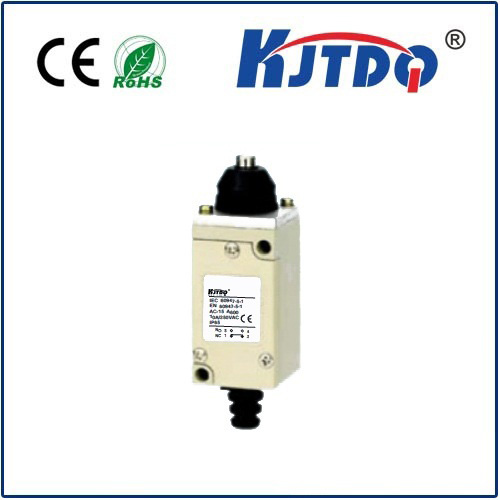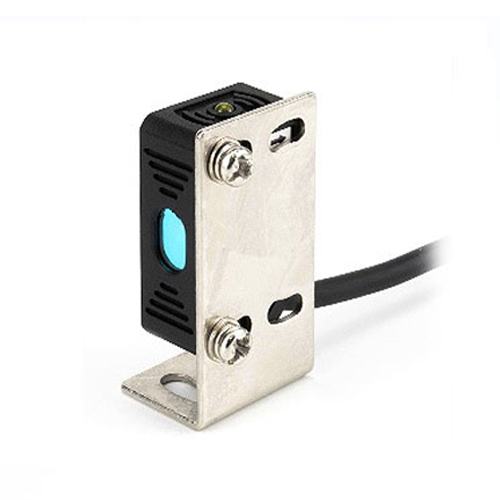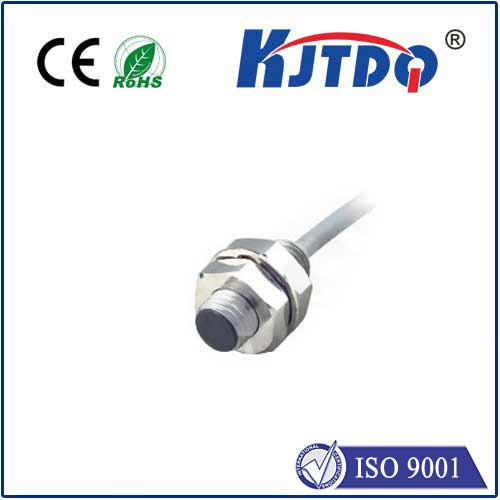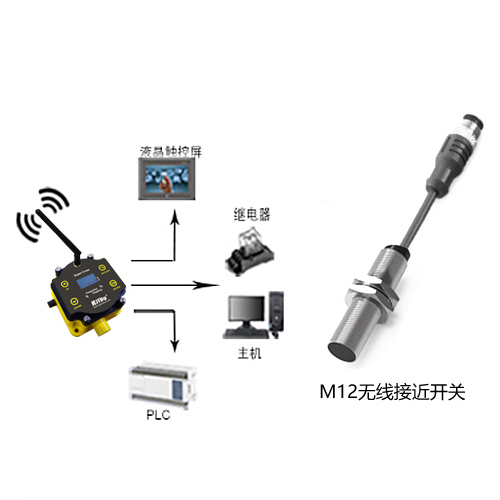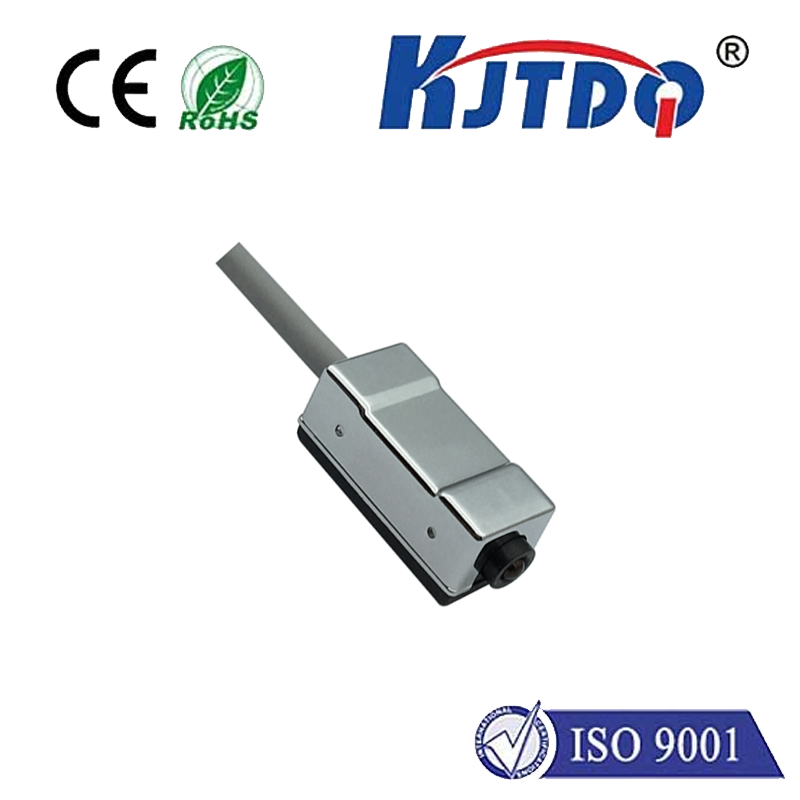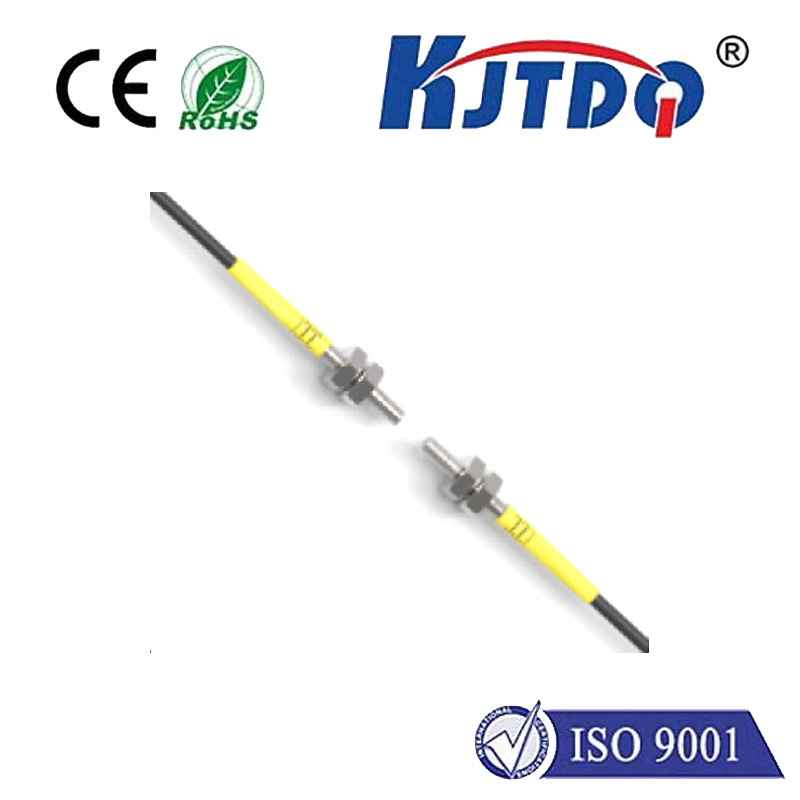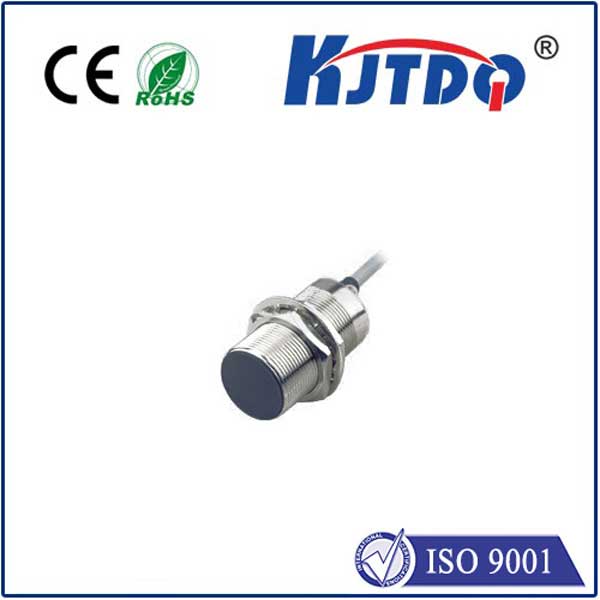

check

check

check

check
Safety First: Understanding the Importance of Safety Proximity Switches In industrial environments, ensuring worker safety and preventing accidents is paramount. One critical tool that plays a significant role in this endeavor is the safety proximity switch. This device not only enhances safety but also contributes to the smooth operation of machinery and equipment. Let’s explore what a safety proximity switch is, how it works, and why it is indispensable in various industries.
A safety proximity switch is an electronic device used to detect the presence or absence of an object without physical contact. It operates using electromagnetic or inductive fields to sense nearby metallic objects. When an object comes within its detection range, the switch triggers a signal which can be used to control machinery, halt operations, or activate alarms. This non-contact method ensures high precision and reliability, making it ideal for harsh industrial environments.
Safety proximity switches utilize either capacitive or inductive sensing technologies. Capacitive proximity switches detect changes in the electrical field caused by the presence of an object, while inductive switches sense changes in the magnetic field. These changes are then converted into electrical signals that can be processed by control systems. The switch is typically integrated into safety circuits, forming part of a broader safety system that includes emergency stop buttons and safety relays.
In manufacturing plants, safety proximity switches are used extensively to safeguard workers from hazardous machinery. They can be found in presses, conveyors, and other heavy equipment. By automatically stopping machines if unauthorized access is detected, they prevent potential injuries and ensure compliance with safety regulations.

Automotive manufacturing plants rely on these switches to monitor robotic arms and automated assembly lines. They help maintain safe working distances between robots and human workers, thereby reducing the risk of accidents and improving operational efficiency.
In the food and beverage industry, hygiene is crucial. Safety proximity switches enable the monitoring of equipment without direct contact, preventing contamination and ensuring the cleanliness of production lines. Additionally, they provide essential safety measures, such as detecting obstructions in automated packaging systems.
Enhanced Safety: By providing immediate feedback on the presence of objects, they help prevent accidents and protect workers.
Reliability: Designed for harsh conditions, they offer consistent performance even in environments with high temperatures, moisture, or dust.
Versatility: Suitable for various applications across different industries, making them a versatile safety solution.
Compliance: Ensures adherence to occupational health and safety standards, reducing legal liabilities.
Ease of Integration: Can be easily incorporated into existing safety systems with minimal disruption.
Investing in safety proximity switches is a proactive step towards creating a safer work environment. Their ability to detect and respond to potential hazards in real-time makes them an invaluable asset in any industry. By integrating these devices into your safety protocols, you not only protect your workforce but also enhance overall operational efficiency and compliance with safety regulations. Prioritize safety—because every worker deserves to return home safely.

